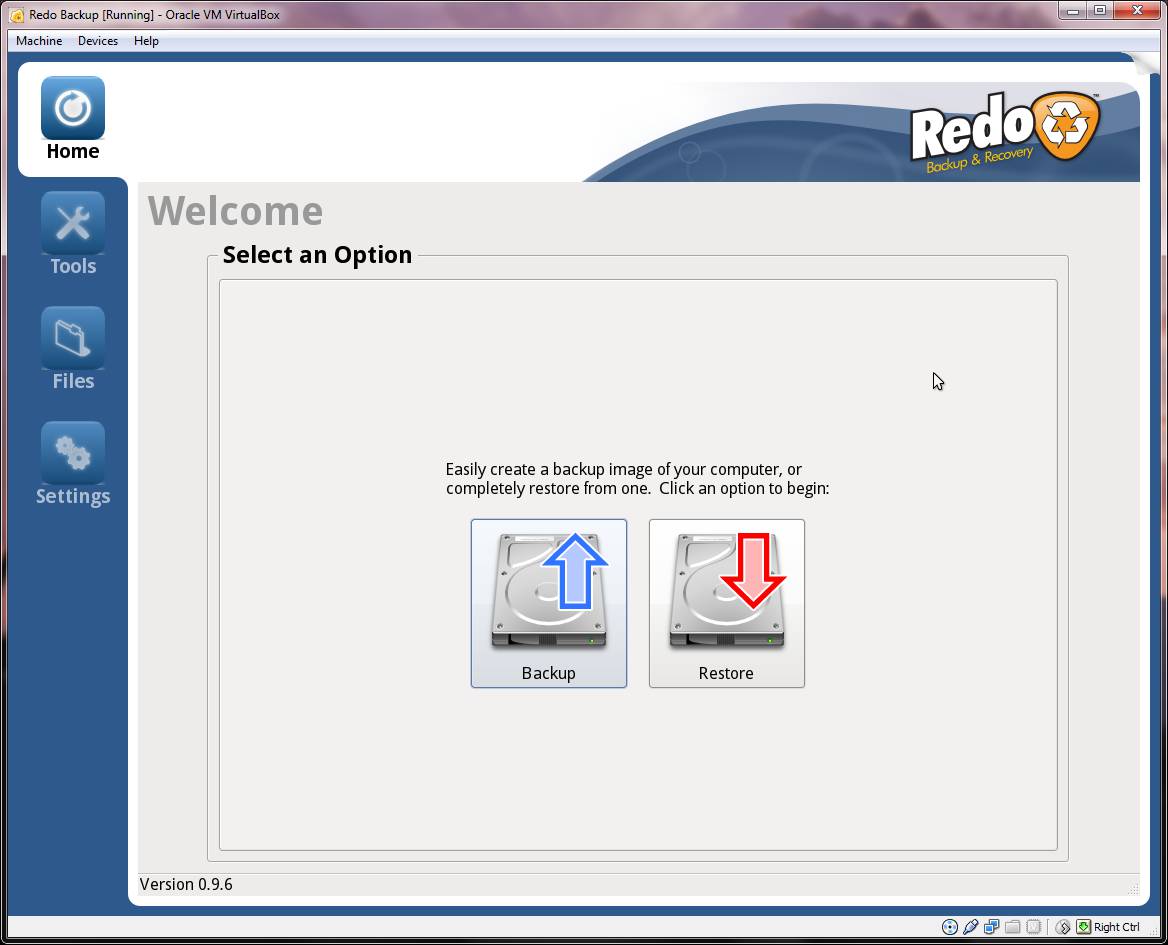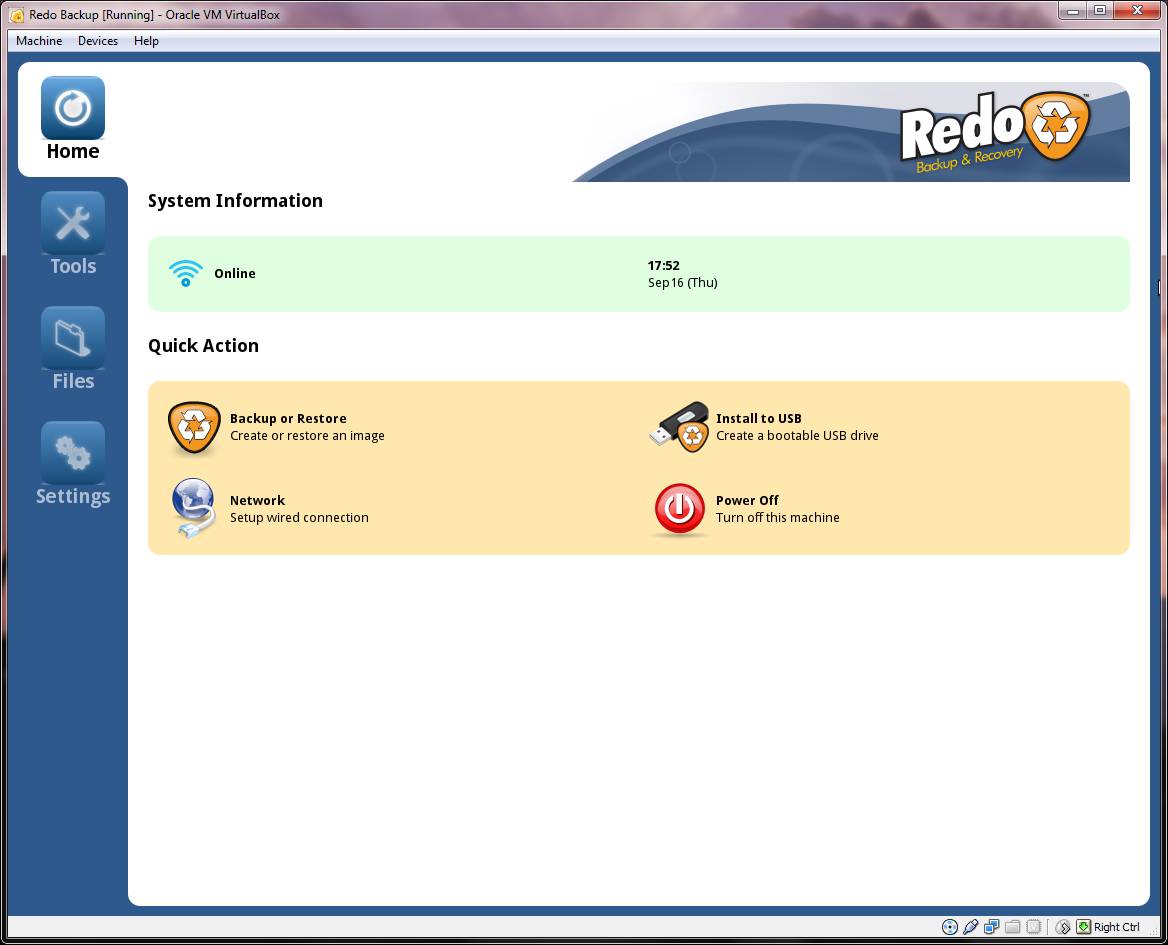One of the most critical aspects of setting up a new system is creating a system image. Especially for Windows systems. Who wants to install updates and reboot all day long? Whenever I set up a new system I install all of the updates, drivers and software that are needed on that system. I then create an image of its current, freshly installed state. In the future if my hard drive crashes, my installation becomes corrupt or I simply want to start over with a fresh installation I can very easily. It is much nicer than starting over with a fresh install of an outdated copy of Windows or having to deal with the CRAPware that comes pre-loaded with most consumer desktops and notebooks.
For a few years I was using BartPE with a plugin called SelfImage. It worked tremendously well. The BartPE CD I created must have been trashed when I was in the process of moving. Otherwise, that is probably what I would still be using and I wouldn’t have a reason for writing now. I did try to create a new copy of BartPE but had trouble finding the correct copy of the SelfImage plugin. Frustrated, I started looking for something else. I tried several live Linux distributions that were designed to create and restore drive images. I also tried a couple of free Windows programs. None of them were working. Finally, I came across Redo Backup. I have to tell you that I am VERY excited about this software. It does what a professional grade cloning tool should do, for free! If they were to charge for this application it would be worth every single penny! Though, I hope they don’t because I’m sure it would be expensive!
The feature that I am most excited about is the ability to save and restore images to an FTP server or SMB share. It’s very useful if the machine you are imaging only has one hard drive. It would also be useful in a corporate or educational environment where many machines need to be imaged. I have to tell you that while I did manage to use this feature successfully, I did have problems with it. Many times the process would lock up and the only way to start over was to reboot the machine. Sometimes the screen would go blank only showing the cursor. Like I said, I did manage to successfully backup and restore an image via FTP. But only after many restarts was I successful. The problem could be that the machine I was backing up and restoring was a virtual machine. It could also be a bad connection between the desktop I was running the virtual machine on and the desktop I use as a server.
While I did have issues using the network backup and restore feature; I was completely successful in backing up a hard drive to a secondary internal and external hard drive and restoring the image back to the main hard drive.
In addition to drive imaging you can use Redo Backup to: manage your partitions, use Firefox to download drivers (or just surf the web), synchronize files, recover deleted files, reset your hard drive to factory condition, mount internal or external drives to manage files. You can do all of that and more with software that can be run from an external 256 MB flash drive.
If you’re looking for free drive cloning software, look no further. I have tried them all and I promise you, this is THE ONE to keep in your toolbox!





